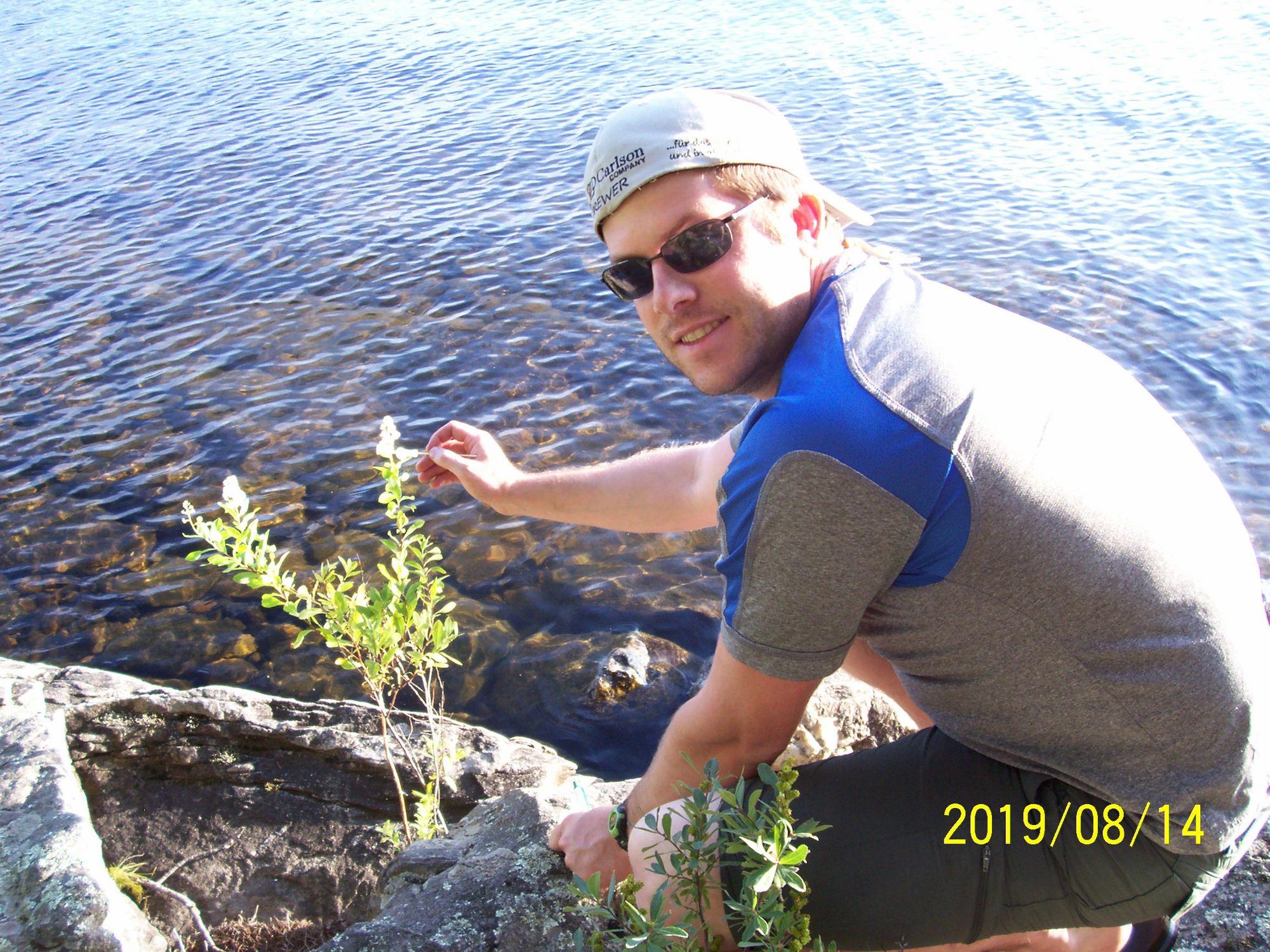Equipment
If you have ever been backpacking for more than a day hike you will learn how much fun it is to be a pack mule. After a few stints on the Appalachian Trail (AT) and a few trips to Quetico I have redefined what I consider to be "necessities". Less weight means less misery, so you need to learn to channel your inner Marie Kondo and "find what brings you joy".
Before my first trip on the AT, my fellow (more experienced) backpackers sawed the bristle head off of a toothbrush to save a few ounces and I feel this illustrates the point well. Backpacking enthusiast sites have whole forums dedicated to the topic. Admittedly, Quetico is not as restrictive as the AT since the canoe is the main means of hauling gear, but you will have to carry all that weight (and the canoe) down a portage at some point. Ultimately this mindset determined my method for "yeast wrangling".
I ultimately landed on Method#3 taken from Bootleg Biology's "Capturing Yeast" guide. Sterile cotton swabs are very light and without any means to store wort or yeast this seemed the best option. I also felt it was the safest bet for going through Customs. My goal was to attempt to harvest yeast from each lake along the route (and try to keep them somewhat separated). Everything had to fit in my backpack so cross-contamination was a concern. I landed on Puritan Cap-Shure Cotton Swabs since they are individually packaged and have a plastic protector cap (the Amazon reviews lead me to believe they are used for DNA at a murder scene or something lol).

In the Field
Our trip involved almost 2000 miles of driving, 43 miles of canoeing, 9 different lakes and 7 nights in the bush. Using the cotton swabs I gently brushed along the outsides of fruits and flowers we identified along the way. I returned with a total of 9 swabs used. I'm no botanist and I'm even less familiar with the wildflowers of Ontario so forgive the poor descriptions on some of these:
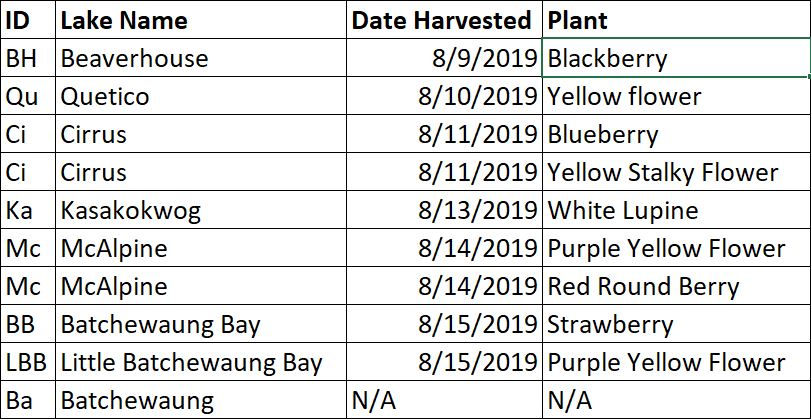
Here's a map of our trip through the 9 bodies of water:
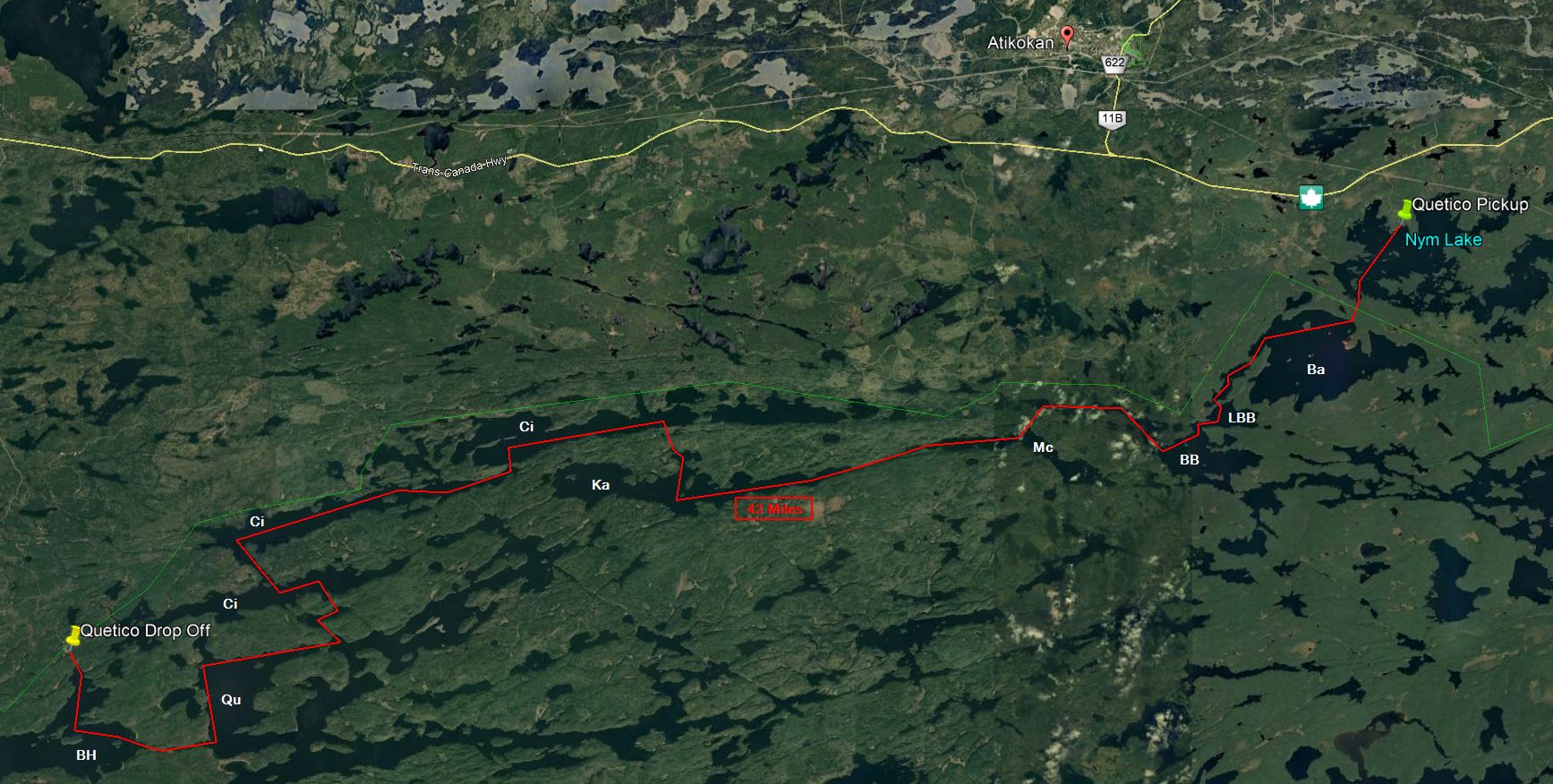
A wild strawberry in August, a rare sight!
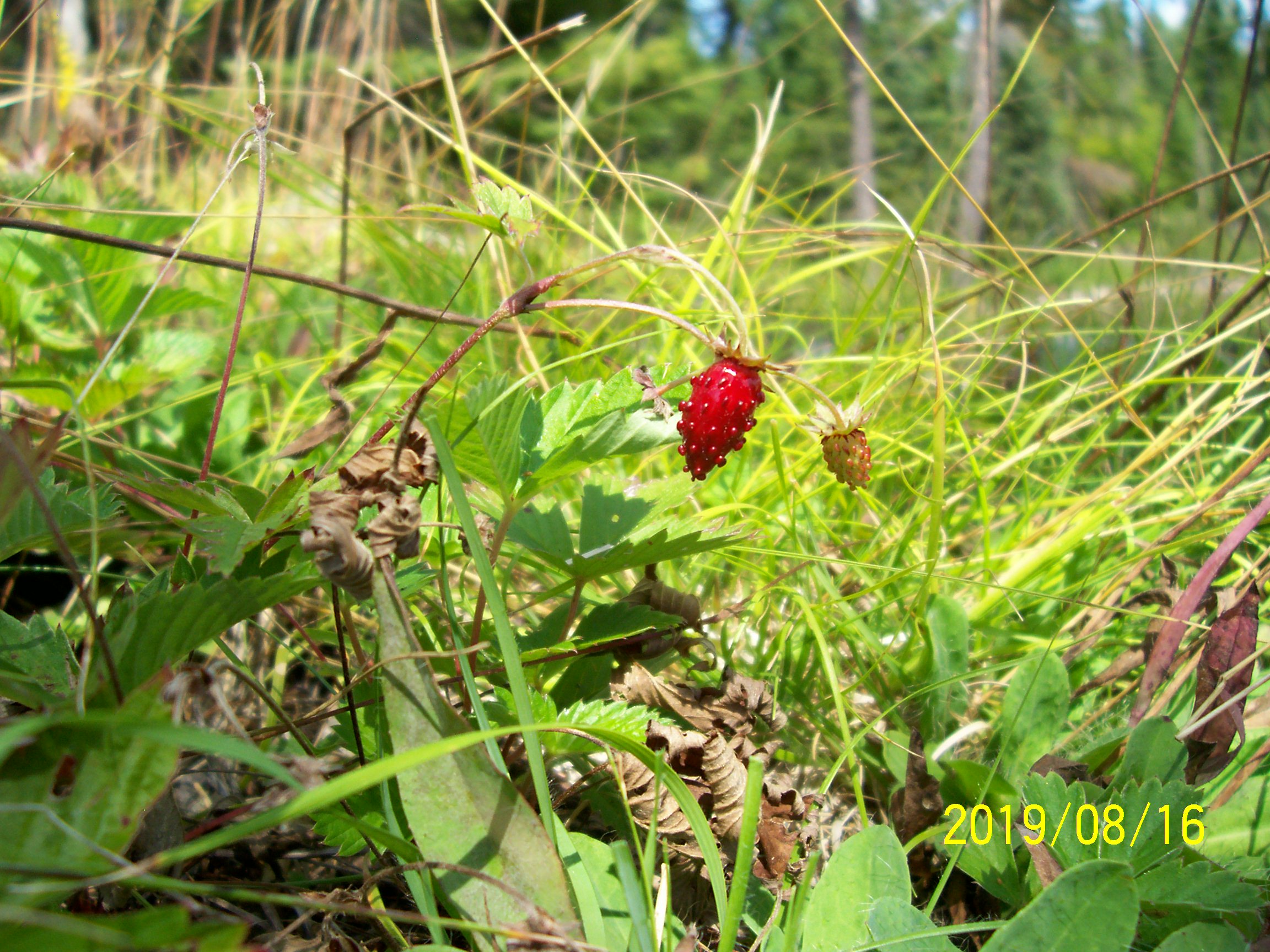
Back at Home
Having arrived back home it was time to whip up some wort and figure out if any yeast survived the trip. I determined I would use 50 ml Conical Tubes as my initial incubators since I had some on hand from yeast culturing. For the recipe I was aiming for an O.G. around 1.020 as I didn't want to stress the yeast too much. After sanitizing everything I made up a tiny starter to fill my 10 vials (I took a random sample from a Jalapeno pepper flower in my garden as 10 is an easier number to work with).
· 1 oz DME
· 600 ml water
· 1/8 tsp yeast energizer
· Boil 15 min and let cool
After cooling I had approximately 300 ml (boiled off more than I expected) to distribute evenly in the 10 vials. Next I took out each swab and swirled them in the corresponding tube until the cotton was completely saturated. The swirling should assist with aeration as well. Lastly, I labeled each tube and used balloons for the airlocks. A standard balloon fits these vials perfectly and my thought is I will get a decent indication of activity (via inflating balloon) as CO2 is produced.
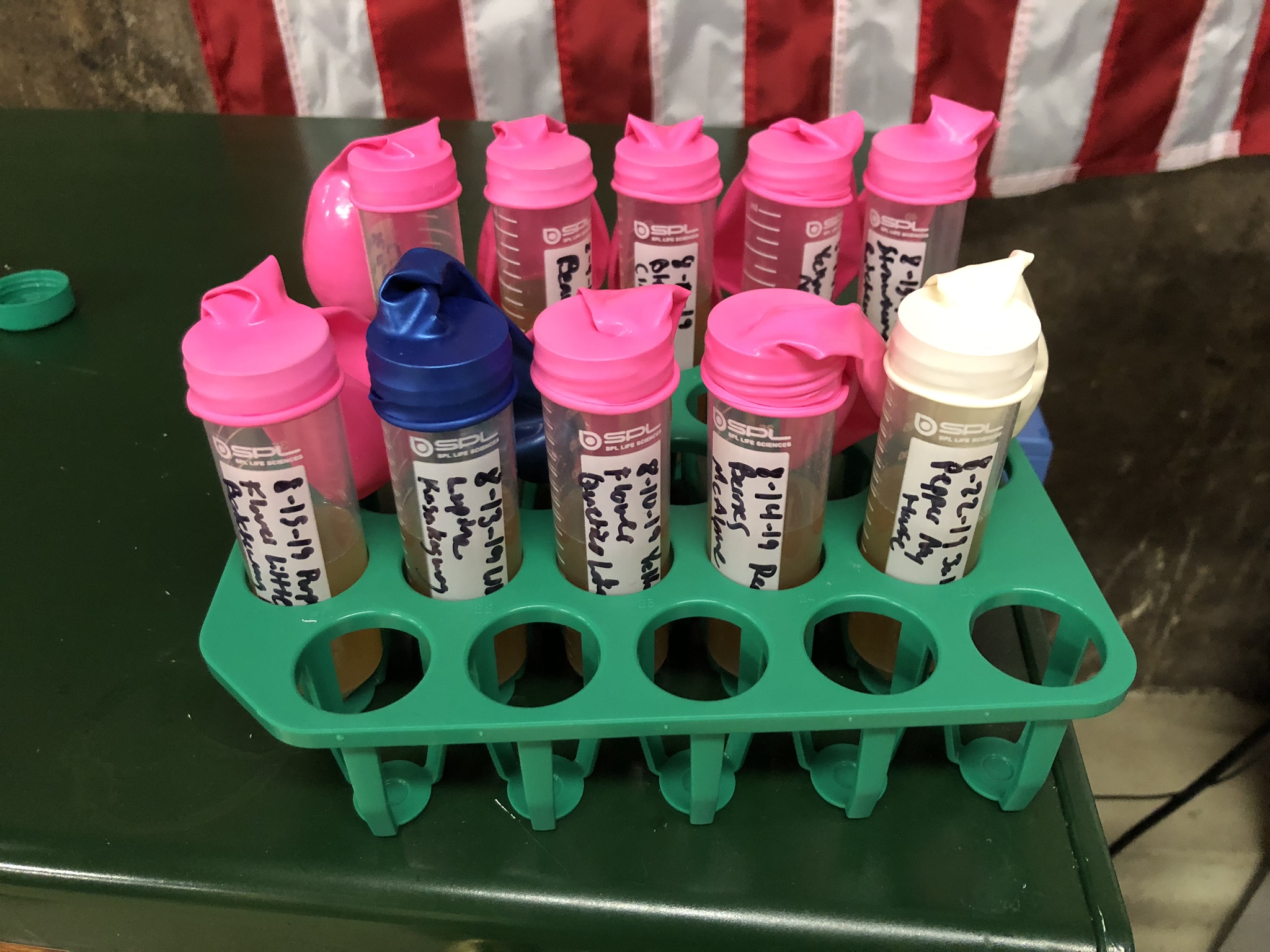
All that remains is to wait a few days and see what might be lurking in the tubes. Be sure to check back in for the next segment The Quest for Quetico Yeast (Results).
